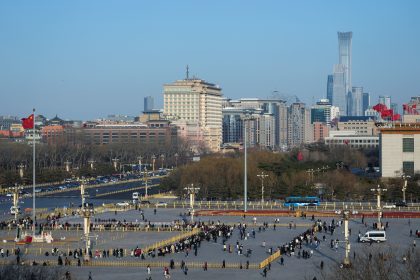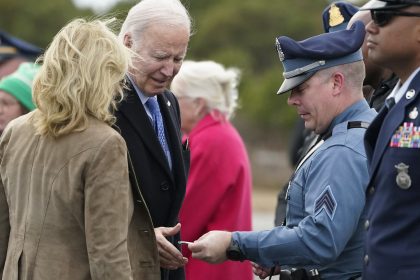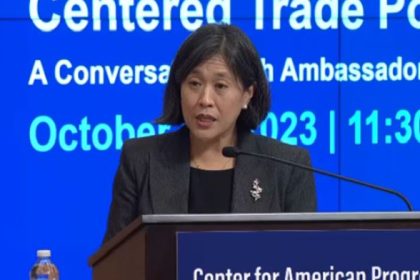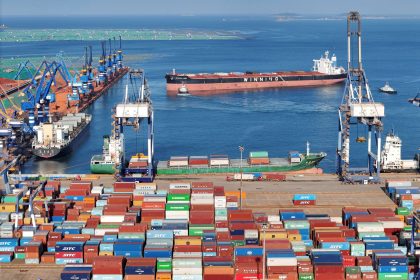US-China Trade War Has Put Nearly 1.5 Million At Risk Of Possible Layoffs, Study Shows
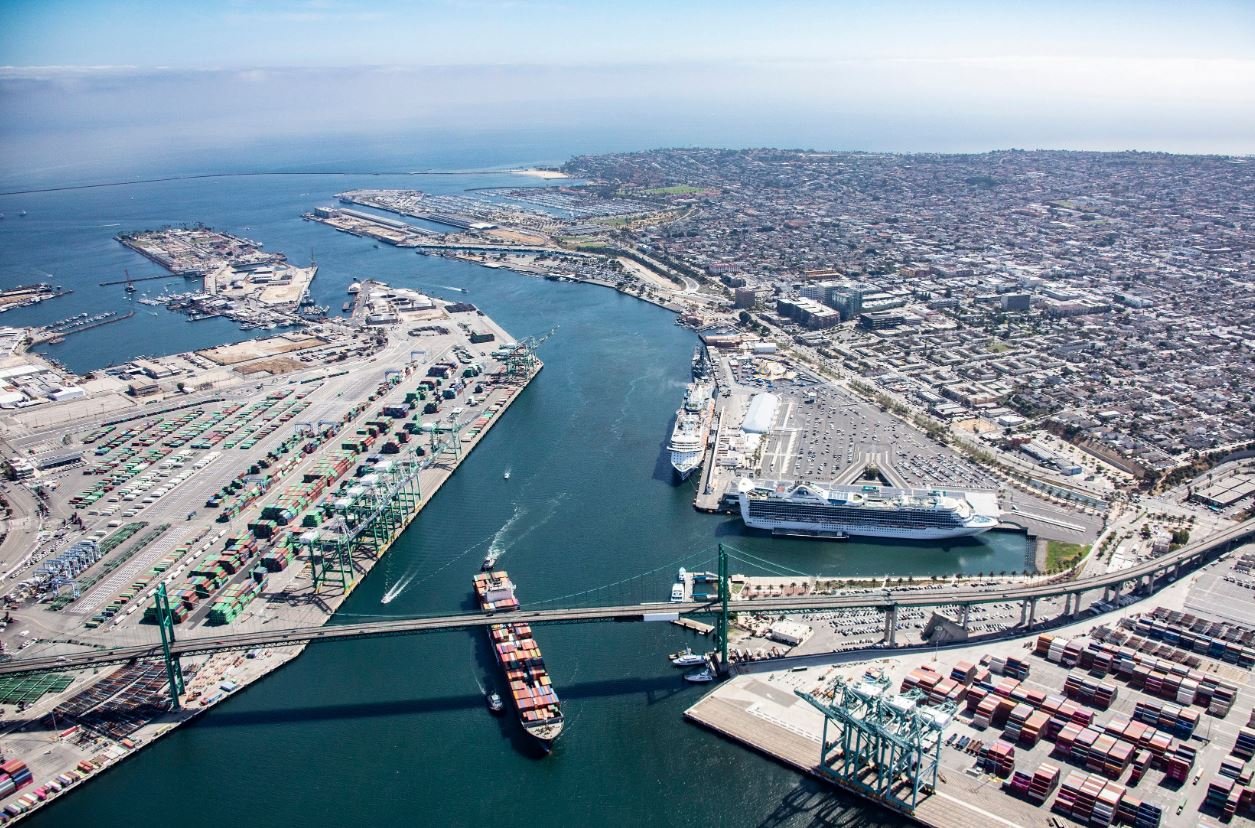
WASHINGTON – The ongoing trade war between the United States and China has put about 1.46 million Americans at risk of being laid off or consigned to working dramatically reduced hours, a new study shows.
Rolled out at a news conference at the National Retail Federation in Washington, the study compiled by the Port of Los Angeles and BST Associates suggests the tariffs imposed as part of the trade conflict has endangered more than $186 billion in economic activity nationwide.
“To put it very simply, less cargo means less jobs,” said Gene Seroka, executive director of the Port of Los Angeles.
He said the study found the trade war is impacting all 435 congressional districts, and that tariffs are most negatively impacting job creation and retention in California, Texas, Illinois, Ohio, Michigan, Arizona, Indiana, Missouri, Colorado, Wisconsin and Minnesota.
A number of those states have been identified by both political parties as potential battlegrounds in the 2020 election.
“America needs to know the impact of tariffs on our economy,” Seroka said.
“Some 42 congressional districts in the U.S. — nearly 10% — in 22 states across the country have seen retaliatory tariffs on 90% of their cargo,” he added.
The study examines the impact of tariffs levied on cargo passing through the Port of Los Angeles, long the busiest port complex in America, due mostly to its proximity to Asian trade routes.
Seroka said the port commissioned the study in March 2018 to help it assess the impact the tariffs could possibly have on its own operations and those of other partners in the global supply chain.
The initial assessment looked at three specific areas: the impact of tariffs on consumers, on companies with products to sell, and on the trade industry itself.
Seroka said the port’s research found that tariffs have caused companies to hold more money on their balance sheets — an estimated $2.2 trillion — to help them absorb the costs and reduce the amount they need to pass on to consumers.
Despite this, Seroka said, an additional $31 billion has been attached to consumer products since the trade war began.
As for his own industry, Seroka said there is strong evidence that trade patterns are shifting.
“For every container we earn from a newly sourced origin, we’re losing two-and-a-half containers from China,” he said.
The Port of Los Angeles handled nearly $380 billion in trade goods in 2018, but the dollar value of goods passing through the port has declined steadily, for 12 consecutive months, as of October.
Currently, about 48% of the goods coming through the Los Angeles port complex are subject to tariffs that have been in place since February 2018.
Seroka said even where the tariffs have not led directly to layoffs, they have resulted in “underemployment.”
In a blog post, National Retail Federation chairman Matthew Shay said he’d recently traveled to Hong Kong and Shenzhen, China and spoke with executives, suppliers and others to find out how the trade war was affecting them.
“Not surprisingly, the message was much the same — that overall trade uncertainty and the imposition of substantial tariffs have been extremely disruptive to the retail industry and the economy as a whole. The challenges posed by the trade war have only grown over the past year,” Shay wrote.
“While our nation’s economy remains strong, we continue to see the negative impact of the tariffs on both consumers and industries that rely on this critical relationship,” he continued. “Whether it’s the tariffs the United States has imposed on China or retaliation by China, U.S. companies are feeling the impact. We need to work with strategic allies who share our concerns to win binding commitments from China for significant and lasting structural changes. We need to aggressively negotiate new free trade agreements, either bilateral or multilateral, that ensure U.S. leadership on the global level.”




















